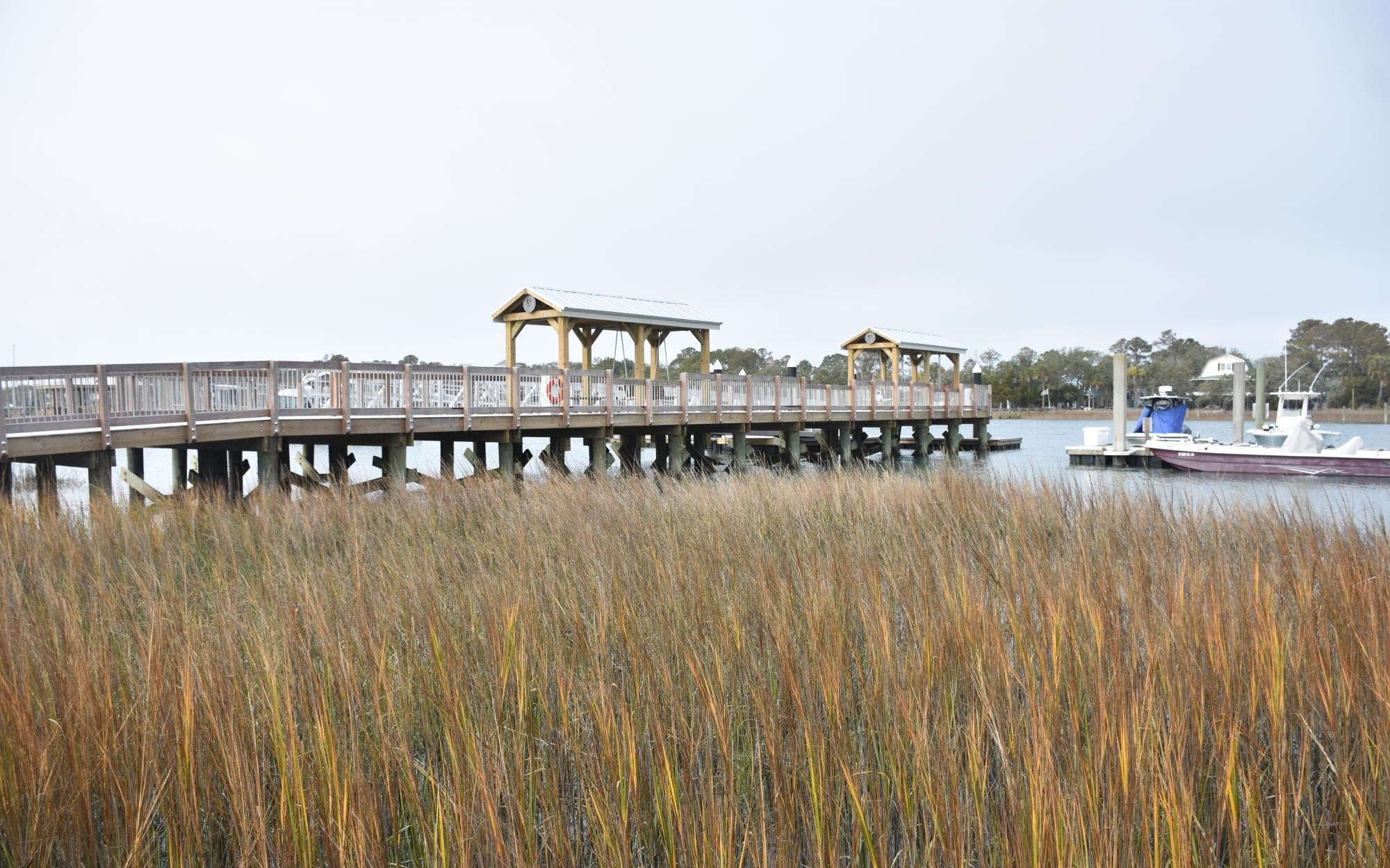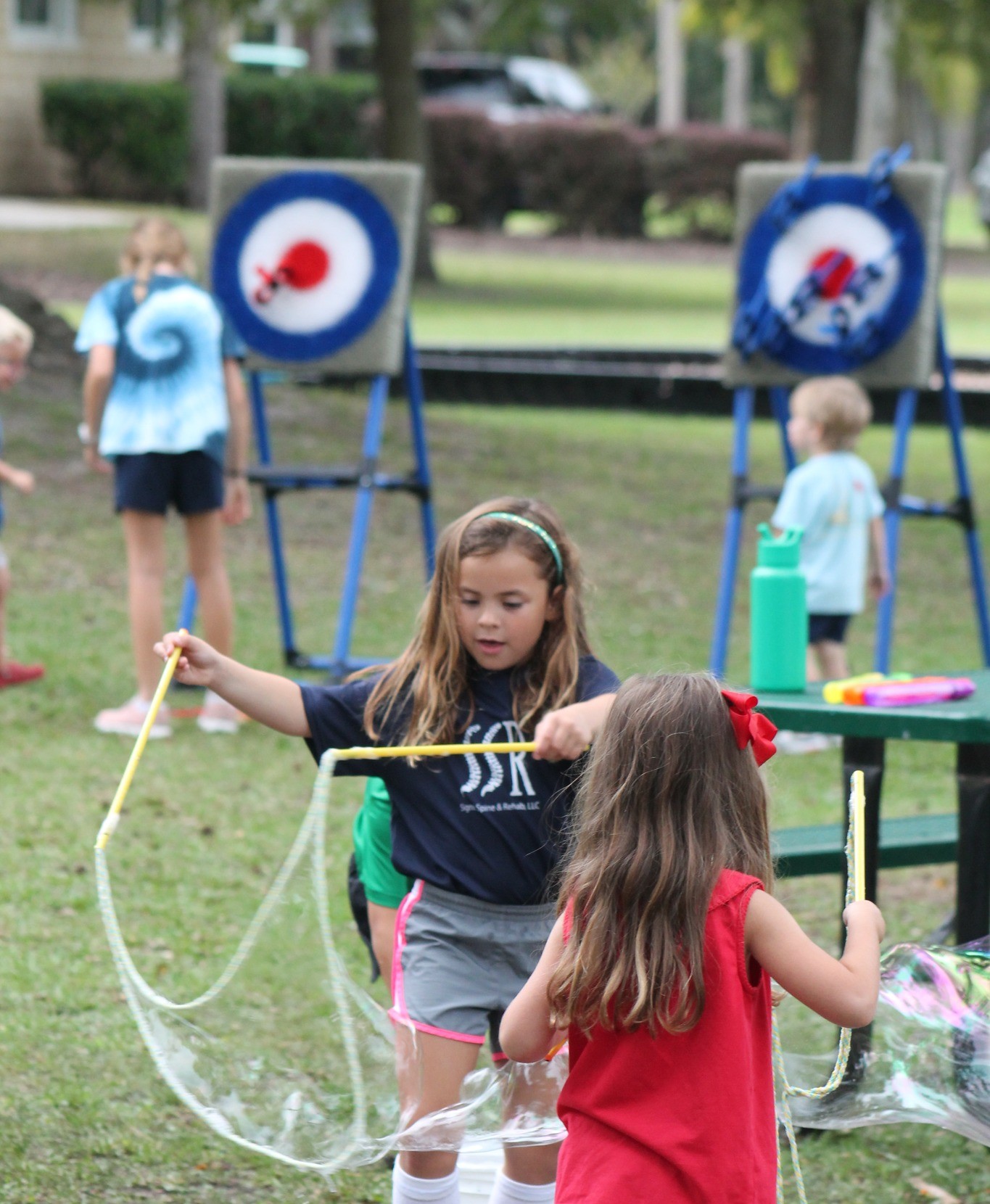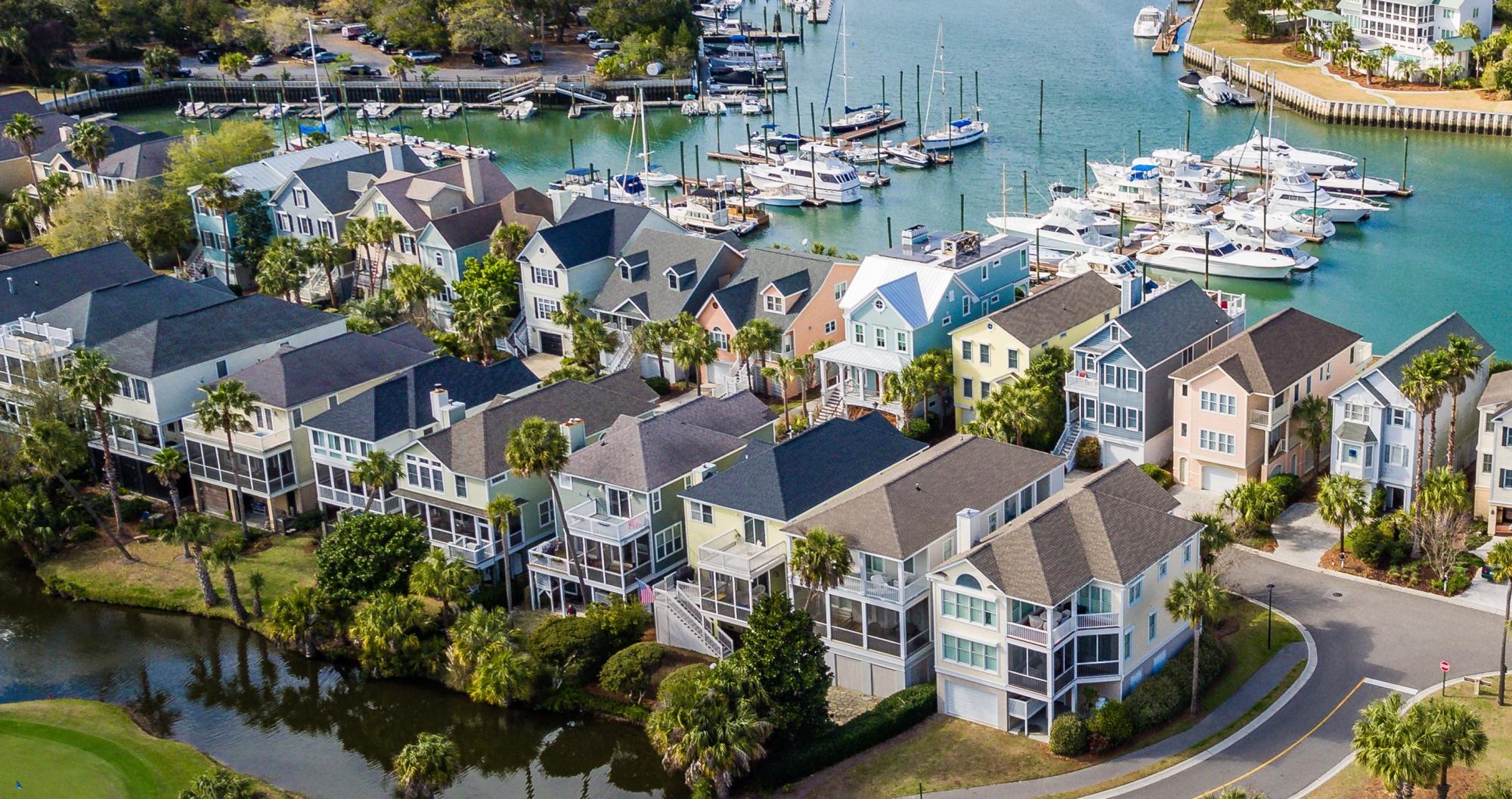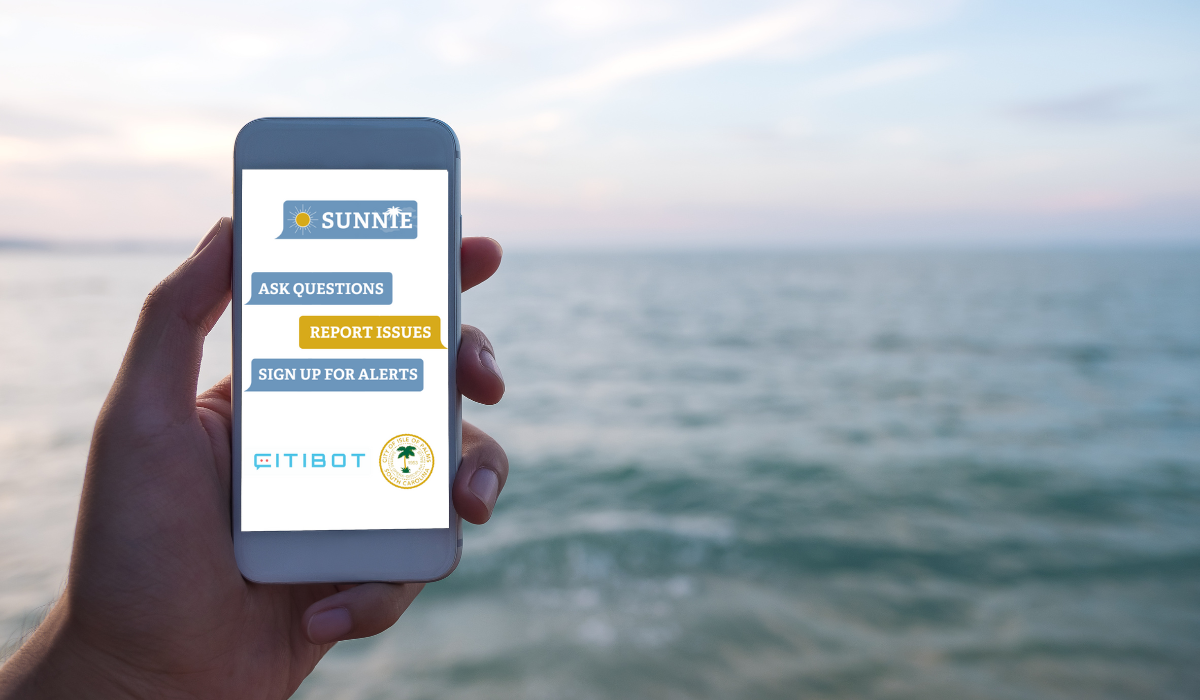Purpose
Enrich the quality of life on Isle of Palms by embracing our natural resources and promoting an active lifestyle and good social health, all while balancing livability and sustainable tourism.

View Summary: priorities and goals
Priority: Recreation & Social
Provide facilities and programs that emphasize community connections, lifelong learning, active lifestyles, our barrier island environment, support for people of all ages and overall quality of life for residents and visitors.

Goal 1: Facilities and Spaces
Continue to provide well-equipped, thoughtfully designed spaces supporting the recreational, educational, social, and artistic interests of the community.
- Assess the Recreation Center property and facilities to determine the options for expansion or a reconfiguration to support demand and growth in program participation, adequate indoor & outdoor storage, and diverse programming that can include educational events, public meetings, the arts, and library.
- Explore partnerships with Wild Dunes, Charleston County Parks, and the IOP Exchange Club to utilize their facilities in the off-peak season (e.g. pool activities and youth golf lessons for courses at Wild Dunes, use of Exchange Club dock for programming
- Upgrade Recreation Center interior spaces.
- Give primary attention to cabinetry, fans, audio visual, sound and lighting equipment, storage, paint, and ceiling repairs. Include equipment necessary to live stream and record events held in the Magnolia Room.
- Install charging stations and workspaces in the lobby.
- Explore upgrades to outdoor spaces at the Recreation Center and Mayor Carmen R. Bunch Park..
- Utilize native plants.
- Add swings, benches, picnic tables, etc.
- Create a community garden at the Recreation Center.
- Expand Recreation Center’s outdoor shelter to support diverse programming and events, providing fans, electricity, and a stage for music.
- Explore options for providing an expanded electrical grid throughout the Recreation Center property to support large community events and athletics.
- Create a WIFI hotspot at the Recreation Center and its surrounding property.
- Consider using existing City properties to increase public access to the water for paddle sports, fishing, etc., or more passive uses (benches/swings). Update indoor and outdoor facilities to create a safe and welcoming space for teens. Consider comfy furniture in the Recreation Center lobby, umbrella tables with charging stations, updated porch furniture, rock wall, and/or ropes course.
- Focus on the acquisition of properties to increase our public space:
- Contact The Beach Company to identify small pocket parcels they own.
- Monitor real estate listings of properties located between the current Recreation Center property and Waterway Boulevard; evaluate purchases that could enlarge the recreation footprint.
- Emphasize sustainable/environmentally friendly practices at the Recreation Center.
Goal 2: Programming
To provide diverse programming for all ages that reflects community interests, maximizes connections to our natural environment, and is inclusive.
- Assess equipment needs to support growing athletic programs.
- Identify unmet recreation needs for which people often leave the island (e.g. youth golf lessons, lacrosse, flag football, gym, year-round swimming, indoor tennis/pickleball, minigolf). Evaluate if there is sufficient demand to expand programming or facilities.
- Develop programming connected to the water (e.g. kayaking, water safety, beach exercise, paddle boarding, paddle board yoga, eco tours, seining, SCUBA).
- Facilitate more programming focused on understanding and protecting our natural environment (e.g. beach/saltmarsh/waterways, native plants, native and endangered species).
- Sustain the speaker series by identifying willing presenters with unique skills, knowledge, and life experiences.
- Explore opportunities for teen programming (e.g. babysitter/CPR course, video game tournament, coffee house karaoke/open mic night, community service projects, rock climbing).
- Explore bringing in food trucks on youth sports nights and/or once a week on a weeknight from Memorial Day to Labor Day.
- Make our special events autism- and neurodivergent-friendly by offering a calming space/tent and/or special sensory-friendly times to attend.
- Explore potential of fee based reservations of key facilities.
Goal 3: Awareness and Participation
Maximize awareness of and participation in Recreation Department programs through multi-channel, two-way communication.
- Feature activities and events more prominently in monthly City e-newsletter with departments cross-posting special events on social media..
- Consider creating a monthly email or e-newsletter just for the Recreation Center to share upcoming key events and deadlines with links to the online registration portal.
- Use Sunnie to communicate about more than special events (e.g. youth sports registration dates, new classes, educational programs); add an option for people to specifically sign up for Recreation Department alerts.
- Ensure staff are facilitating two-way communication on social media by responding to comments and inquiries within 24 hours.
- Create a separate calendar for Recreation Center activities on City website and enable a click feature for users to add to their personal calendars.
- Coordinate with Wild Dunes and Wild Dunes Homeowners Associations (HOAs) to share monthly/quarterly updates on programs and events through their communication platforms.
- Emphasize “we are more than just sports and exercise classes.” in communications.
- Invest more in online marketing of Recreation Department opportunities to ensure residents are fully aware of what is available to them through the City.
Priority: Noise & Light Mitigation
Consider Best Practices in Noise & Light Mitigation
Goal 1: Data and Opportunities
Accurately track noise and light concerns to identify opportunities and partner with other communities to consider best practices.
- Identify communities to learn and evaluate what they have done for noise/light ordinances to see what IOP could explore.
- Track noise and light complaints across geographical grids to evaluate levels of complaints for targeted mitigation efforts.
- Recognize that complaint data may not include Wild Dunes Community Association Security, Wild Dunes Resort Security or other island entity data. Work towards consistent data capture.
Priority: Short Term Rentals ("STRs")
Enhance enforcement efforts of STRs

Goal 1: Enforcement and Data
Enhance enforcement efforts of STRs and monitor data to ensure livability on the island.
- Management companies have a consortium, formed as a subgroup of the Chamber, represented by 16 companies that cover 96% of STRs on the island. They are to be commended for their work to enforce, regulate policies and communicate with renters, neighbors, and the City.
- Continuously assess the mix of full-time residential, part-time, and STRs to maintain a balance that enhances the livability on the island.
- Create a ‘Good Neighbor’ program to incentivize and recognize those properties that exemplify desirable rentals.
- Develop metrics of predetermined thresholds of STR complaints to become a ‘trigger’ for review of total number of licenses.
- Use the Business License application as a vehicle to encourage rental companies to join consortium meetings for consistent regulation.
- Explore adding an online portal for residents to submit STR complaints and follow the response by property managers and the City. This is available through the City’s current STR monitoring service.
Priority: Communication
Provide residents, businesses and visitors proactive communication on quality-of-life issues.

Goal 1: Proactive Communication
Ensure there is proactive communication to residents, businesses and visitors regarding ordinances, processes, signage and education on quality-of-life issues.
- Additional communications to residents and visitors regarding noise and light ordinances, best practices, and process for proper notifications if concerns exist.
- Educate more of the positives of the STRs and publish data tracking to residents.
- Collaborate with the STR companies to update required signage with quick access to policies/regulations/fines as well as to update on local efforts, i.e., QR Code
- Educate public of rental companies’ consortium success.